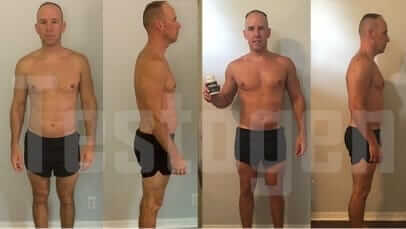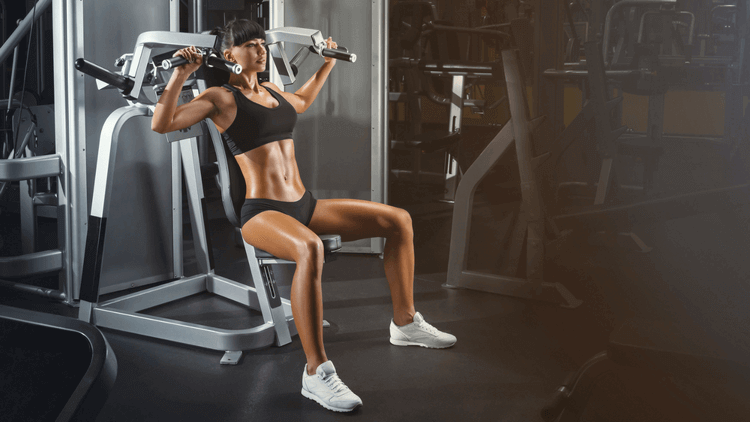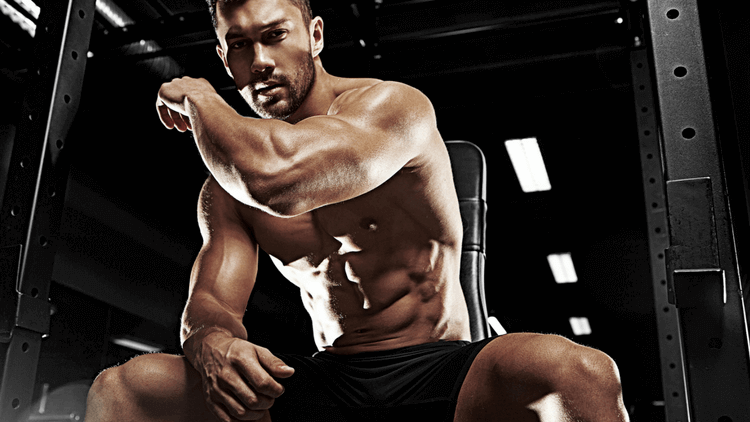If you love lifting, you’ll already know how fun and empowering it is to really test your strength. Powerlifting is one of the most popular ways to compete in strength sports. But how should you get started – and what can you expect?
What exactly is powerlifting?
All strength sports share some similarities: Training with free weights, getting strong, and building muscle. But powerlifting is a test of sheer strength across three very specific lifts.
Confused about the difference between Olympic lifting, powerlifting, strongman and bodybuilding? Powerlifting is the sport where you back squat, bench press, and deadlift as heavy as you can to achieve a total. This total is your score, and you’ll be ranked within your weight or age category.
But it can get a bit more complicated than that. In “full power” events, each lifter competes in squat, bench, and deadlift. But you can also do single-lift events or push/pull events. You can lift “raw” (which means wearing just a singlet, belt, and wrist wraps, although some federations also allow knee supports). Or you can opt to venture into the world of “equipped” powerlifting, which means wearing a squat suit, bench shirt, and other bits of kit that give you some assistance.
For the purpose of this beginner’s guide, let’s talk about full power (that’s all three lifts) and raw (no assistance from fancy kit).
What happens at a powerlifting competition?
Testing yourself in a competition is a challenging, fun experience which will help you set new goals – and make new friends!
Most powerlifting competitions are held over one or two days at a weekend, with all women lifting on one of the days. You’ll need to check in either the day before or the morning of your lifts. You’ll be weighed at check-in to see which “flight” (group) you’ll lift in. Every federation has slightly different weight categories.
During the competition, you’ll lift within your weight or age category, rather than with all the female competitors together.
Before you start, you’ll need to tell the officials your opening attempts. This means the weights you want to lift for your first squat, bench, and deadlift. Make these something you know you can achieve even on a bad day! You need to get those first lifts to boost your confidence and settle any nerves.
You’ll get plenty of notice to start warming up in the well-equipped warm-up area, which will have squat racks, benches, and deadlift bars.
Once it’s time to lift, the competitors will be called up in number order to attempt their first squat. Make sure you know the “commands” (the things the referee will call out during your lift) so that you perform each lift properly, to the right depth, and according to the rules.
One by one, in number order, everyone in your flight will do her first squat. Then you’ll all do your second, and then your third. Then there’ll be a break while the other flights do their squats. You’ll be told when your flight is about to start the bench press, so that you can warm up, and the entire process starts again with the bench presses.
Finally, you’ll need to deadlift. As soon as the bar hits the platform after your third deadlift, it’s all over!
Do lots of women powerlift?
Yes! Powerlifting is enjoying a massive boost in popularity and is easily accessible, so it’s a fantastic time to start. There are lots of federations and plenty of regional competitions. You might find that a local gym is running an unofficial event that you can try out to get experience.
Powerlifting is a great sport for women of all ages: Empowering, technically challenging, and a great focus for your training.
How to train for powerlifting
You’ll need to train for the squat, bench press, and deadlift. But there’s more to it than that. It’s very important to learn the correct technique for each lift, making sure you go to depth on the squat, pause at your chest on the bench, and lock out on the deadlift. Be sure to learn the commands for each lift so that you don’t fail on a technicality. Almost all powerlifters also do what they call “accessory work” alongside the main lifts. This keeps you strong, balanced, and powerful.
What kit do I need?
Powerlifting is a nice simple sport, but there are a few things you’ll need. On competition day, you’ll lift in a singlet. Most lifters also opt to wear special squat shoes, and some have deadlift shoes as well. You’ll need deadlift socks, a good belt (powerlifting belts are different from normal gym belts), and wrist wraps. Get used to using chalk, too – but check that your gym is happy for you to chalk up in training.
Is powerlifting good for me?
Powerlifting will obviously help you get stronger, more powerful, and more muscular. You’re likely to improve your body composition though low-rep heavy strength training. Your training will get a boost, especially if you’ve been stuck in a rut for a while. And training for powerlifting will make you feel like a bad-ass! It’s empowering, exciting, and helps you feel capable of anything. There’s nothing quite like picking a heavy deadlift bar off the floor!
What to do next
Hopefully I’ve got you excited to start powerlifting! Why not start looking around for an unofficial powerlifting competition at a local gym, or your nearest regional meet held by one of the federations? Then map out a block of training focusing on the squat, bench, and deadlift – and start getting seriously strong!
Enjoy!






